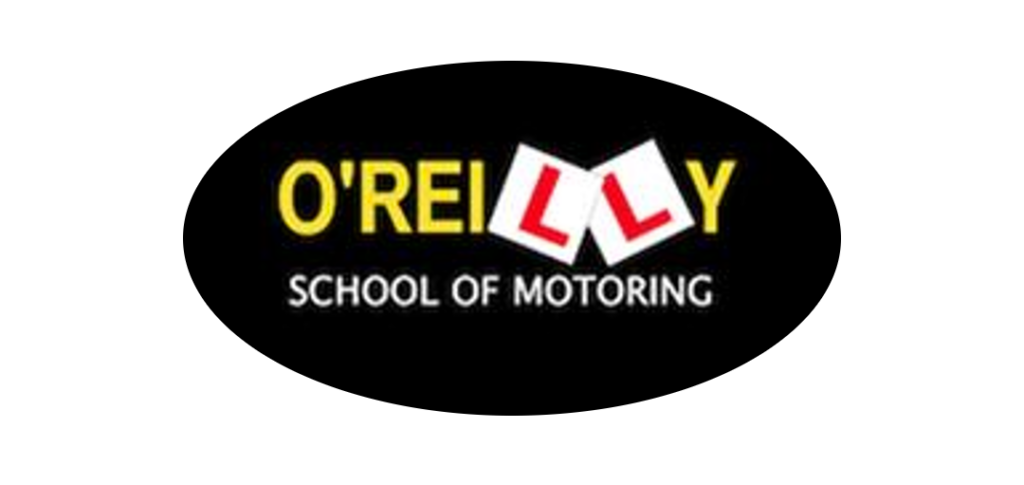How do motorbike lessons work?
How do motorbike lessons work?
September 28, 2023 No Comments on How do motorbike lessons work?Learning to ride a motorbike can be an exciting adventure, but it’s important to start with the basics. Motorbike lessons are like learning to drive a car, but they focus on motorcycles instead. In this easy-to-understand guide, we’ll explain how motorbike lessons work so you can get started on your journey to becoming a skilled rider.
Finding a Riding School:
The first step is to find a reputable riding school. You can do this by asking friends or family for recommendations, searching online, or checking with local motorcycle clubs. Make sure the school is licensed and has experienced instructors who are patient and skilled in teaching beginners.
Safety Gear:
Safety is a top priority when learning to ride a motorbike. Before you even get on a bike, you’ll need to invest in some essential safety gear. This includes a DOT-approved helmet, protective riding jacket, gloves, riding pants, and sturdy boots. Safety gear will help keep you safe in case of an accident.
Getting Started:
Once you’ve found a riding school and gathered your safety gear, it’s time to start your lessons. Most schools offer a beginner’s course that covers the basics of riding. These courses usually take place in a controlled environment, like a closed parking lot, to ensure your safety.
Classroom Instruction:
Motorbike lessons typically start with some classroom instruction. Instructors will teach you about the different parts of a motorcycle, basic traffic rules, and safety guidelines. They will also explain how to operate the motorcycle’s controls, like the throttle, brakes, and clutch.
Motorcycle Familiarization:
After the classroom session, you’ll move on to getting familiar with the motorcycle itself. Instructors will show you how to mount and dismount the bike, how to balance it, and how to control it while standing still. You’ll also learn how to turn the motorcycle on and off.
Hands-On Practice:
Now comes the exciting part – getting on the bike! Instructors will guide you through the process of starting the engine, shifting gears, and operating the throttle and brakes. You’ll practice riding in a straight line, making turns, and stopping safely. Don’t worry; instructors will be right there with you every step of the way.
Gradual Progress:
Motorbike lessons are designed to help you build your skills gradually. You won’t be jumping onto the highway on your first day. Instead, you’ll start in a safe and controlled environment, like a parking lot or a quiet street, and gradually work your way up to more challenging situations.
Road Riding:
As you become more confident and skilled, you’ll move on to road riding. Instructors will take you on real roads with traffic, where you’ll practice merging, changing lanes, and navigating intersections. This part of the training is essential for building your confidence and real-world riding skills.
Safety Drills:
Throughout your motorbike lessons, you’ll also practice safety drills. These drills include emergency stops, swerving to avoid obstacles, and proper braking techniques. Knowing how to react in dangerous situations can save your life when you’re out on the road.
Theory and Written Test:
In some places, you may be required to pass a written test to demonstrate your knowledge of motorbike safety and traffic rules. Your riding school will help you prepare for this test, so don’t worry too much about it. Just pay attention in class and study your materials.
Practical Test:
To get your motorbike license, you’ll need to pass a practical riding test. This test will evaluate your riding skills, including your ability to control the motorcycle, follow traffic rules, and handle various riding situations. Your instructor will let you know when you’re ready to take the test.
Graduating and Riding Solo:
Once you pass the practical test, congratulations! You’re now a licensed motorbike rider. But remember, learning to ride is an ongoing process. Keep practicing and honing your skills, and always ride safely. The more experience you gain, the more confident and comfortable you’ll become on your motorbike.
Conclusion
Motorbike lessons are an essential step in becoming a safe and skilled motorcyclist. They start with finding a reputable riding school, getting the right safety gear, and progressing through classroom instruction, hands-on practice, and road riding. With dedication and the guidance of experienced instructors, you can learn to ride a motorbike and enjoy the freedom of the open road while staying safe.

Leave a comment